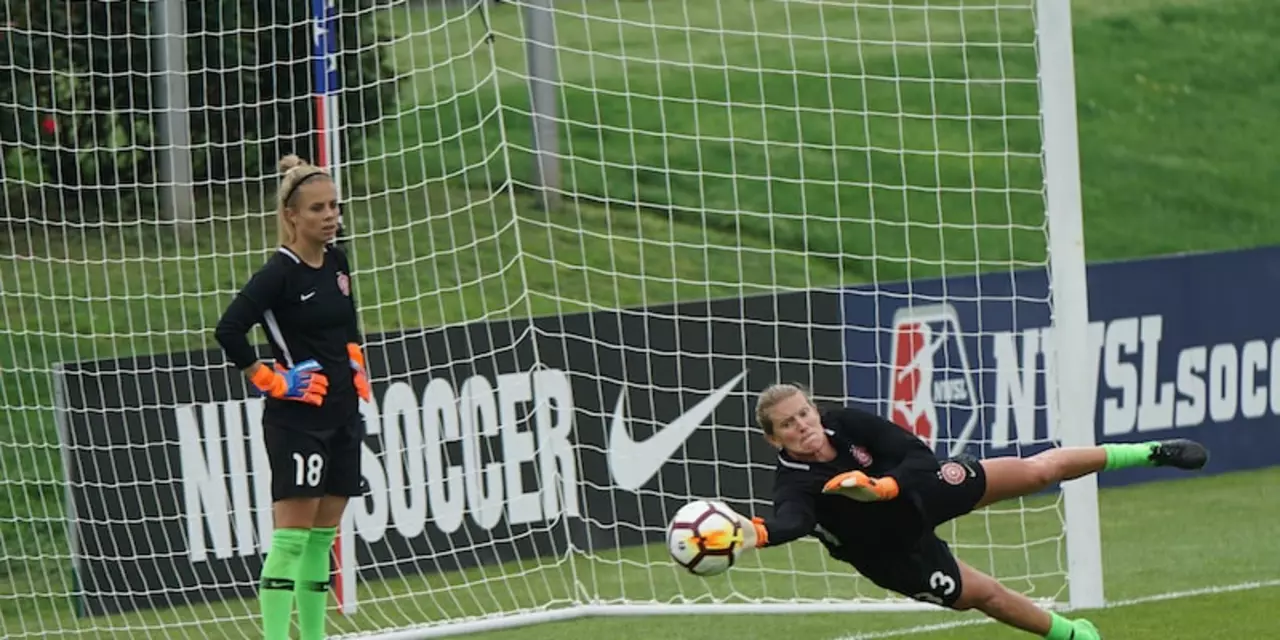Stretching Essentials for Soccer – Stay Flexible, Play Better
Ever felt a tight hamstring ruin a great game? You’re not alone. Most injuries on the field start with muscles that aren’t ready to work. A quick, daily stretch routine can make the difference between a clean win and a painful bench‑time.
Below you’ll find a handful of moves that target the parts soccer players use the most. No fancy equipment, just a bit of space and a willingness to move. Do these before a training session, after a match, or even on a rest day – your body will thank you.
Dynamic Warm‑Up Stretches (Pre‑Game)
Dynamic stretches get blood flowing while mimicking game motions. They’re perfect right before you step onto the pitch.
- Leg Swings: Stand next to a wall, swing one leg forward and back. Aim for 12‑15 swings, then switch legs. Keeps hip flexors loose.
- High Knees: Jog in place, driving each knee up to hip height. Do it for 30 seconds. Boosts ankle mobility and warms the quads.
- Walking Lunges: Take a step forward, drop the back knee, then push up and step forward with the other leg. Perform 10 each side. Stretches hip flexors and glutes.
These moves raise your core temperature, improve range of motion and set you up for sharper footwork.
Static Stretches (Post‑Game Recovery)
After the final whistle, switch to static stretches. Hold each for 20‑30 seconds, breathe deep, and feel the tension melt away.
- Standing Hamstring Stretch: Place one foot on a low bench, keep the leg straight, hinge at the hips. Hold, then switch.
- Calf Stretch: Face a wall, place one foot back, press heel into the ground. You’ll feel a stretch along the back of the lower leg.
- Butterfly Stretch: Sit, bring soles together, let knees fall outward. Gently press knees toward the floor for an inner‑thigh stretch.
Static stretches help muscles relax, reduce soreness and improve flexibility over time. Make them a habit and you’ll notice quicker recovery after tough matches.
Remember, consistency beats intensity. A five‑minute routine done three times a week keeps you limber and lowers the risk of strains. Combine these stretches with proper hydration and balanced nutrition for the best results.
Got a favorite stretch that’s saved you from injury? Share it with your teammates – the more you spread good habits, the stronger the whole squad becomes.
How to stretch soccer cleats?
This article provides an overview of the steps required to properly stretch soccer cleats. First, the cleats should be soaked in hot water for 10-15 minutes before they are stretched with a shoe stretcher. Additionally, the cleats should be stretched lengthwise and width wise, with extra attention given to the toe box. Furthermore, the cleats can be stretched with a hair dryer, by slowly moving the hair dryer over the cleats for approximately 10 minutes. Finally, the cleats should be worn for a few hours after stretching to ensure that they fit properly.



